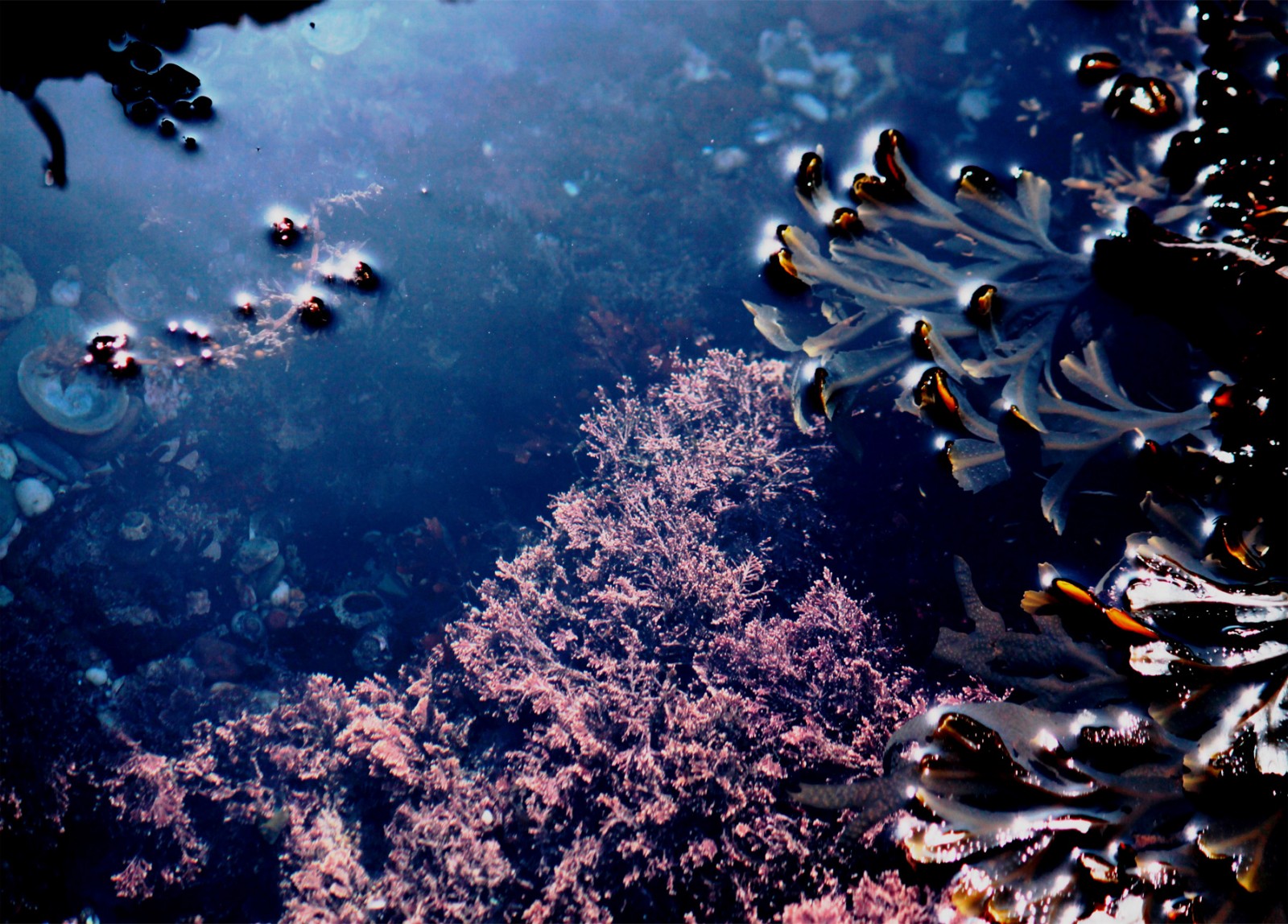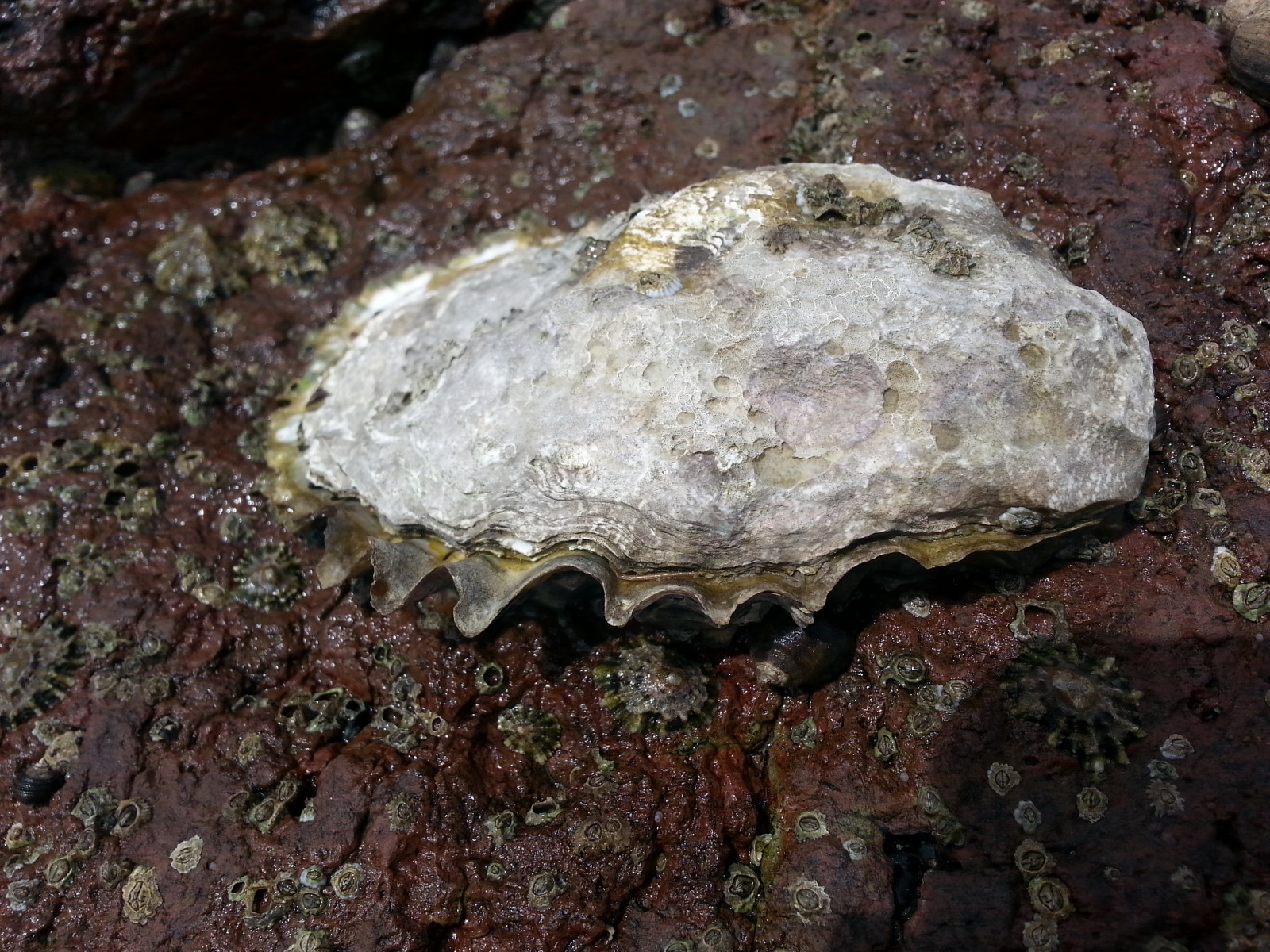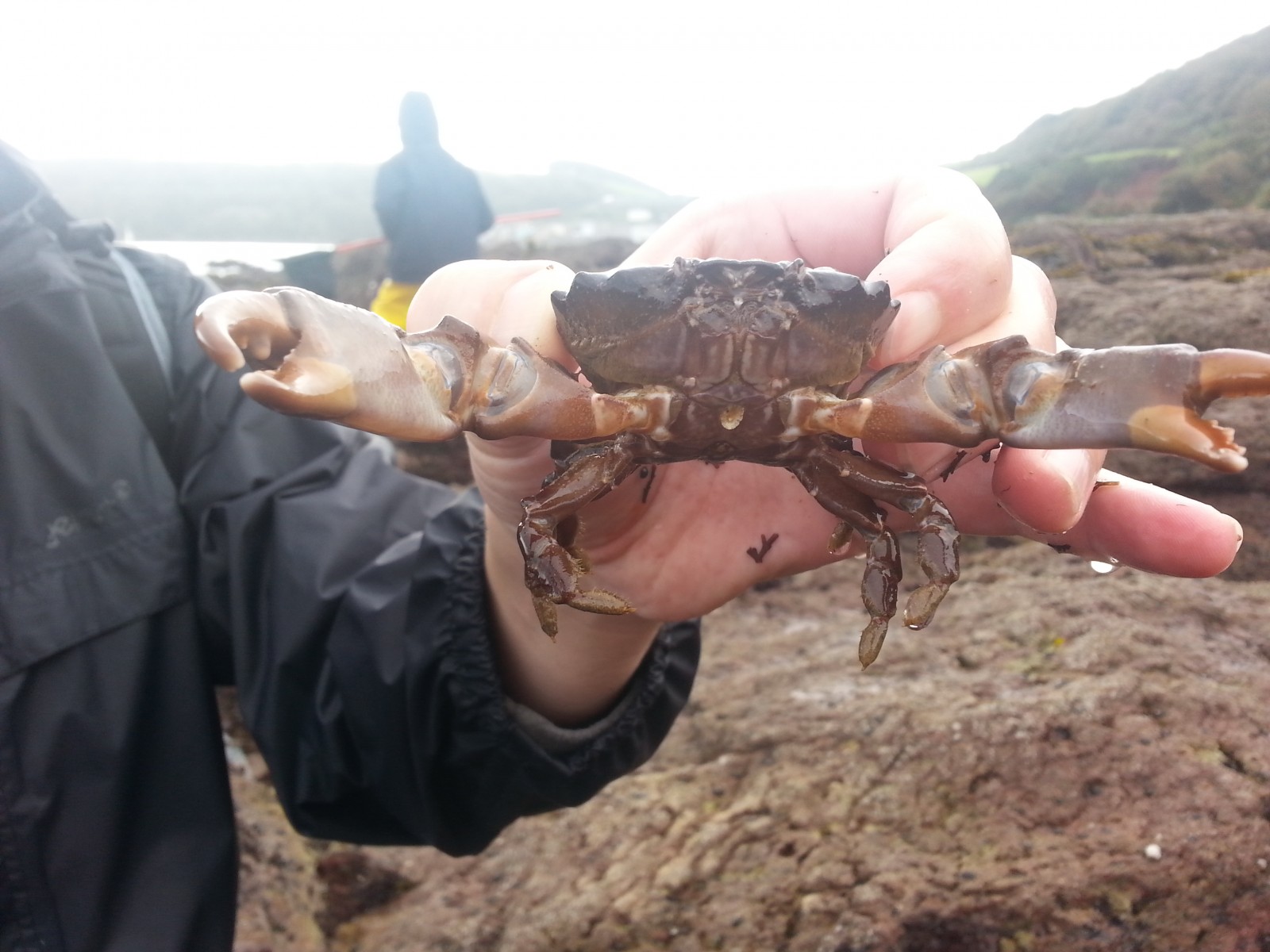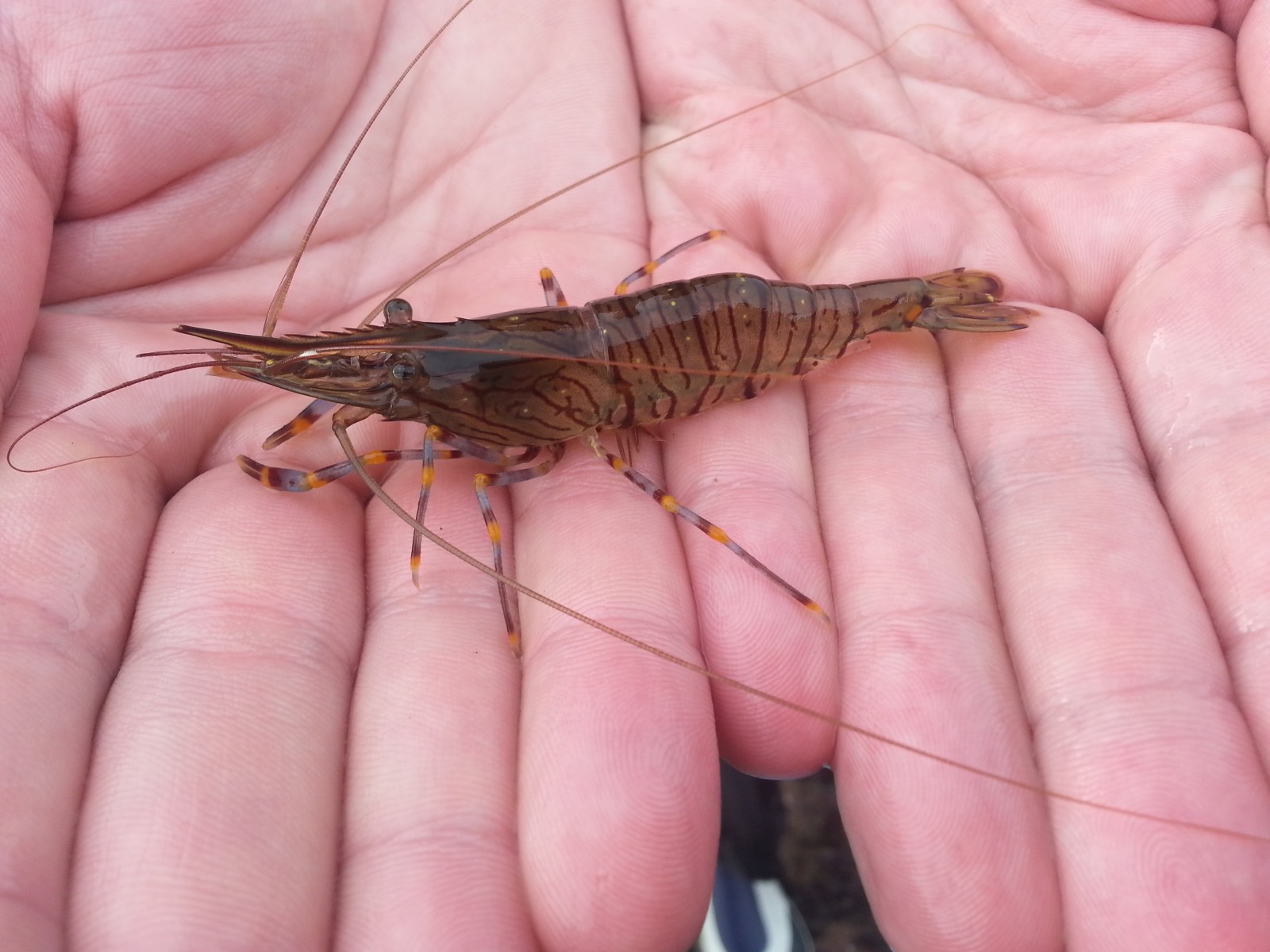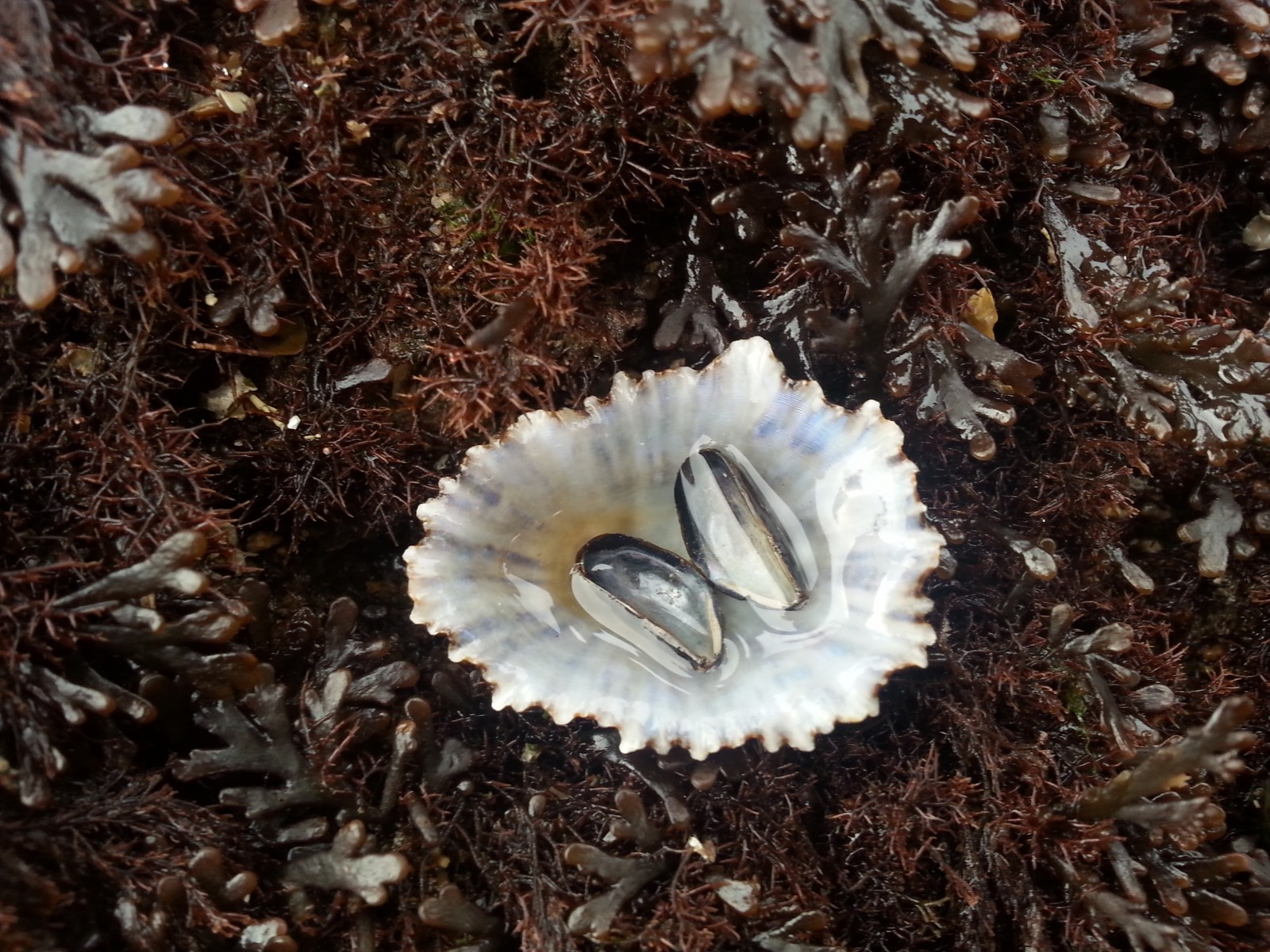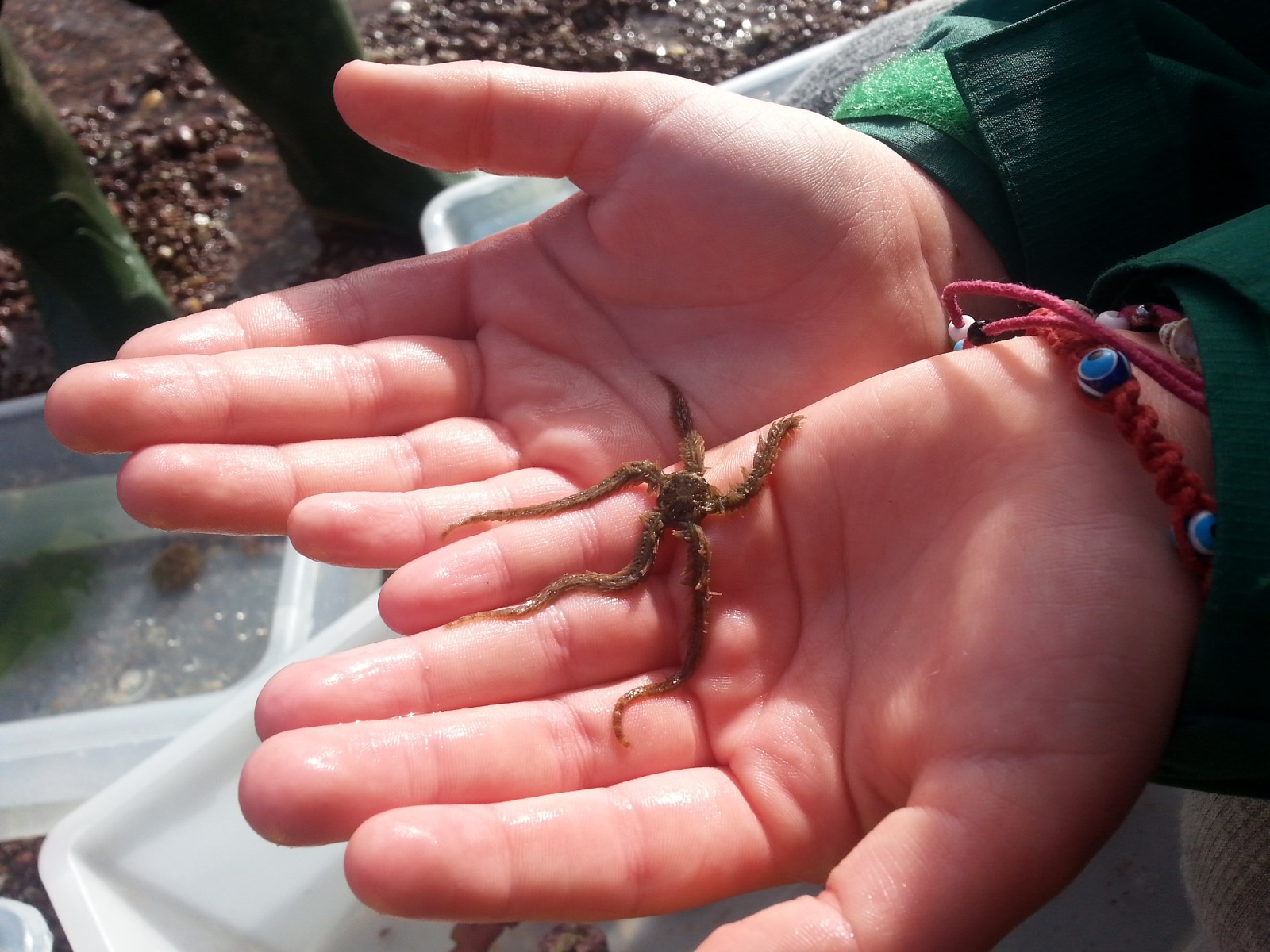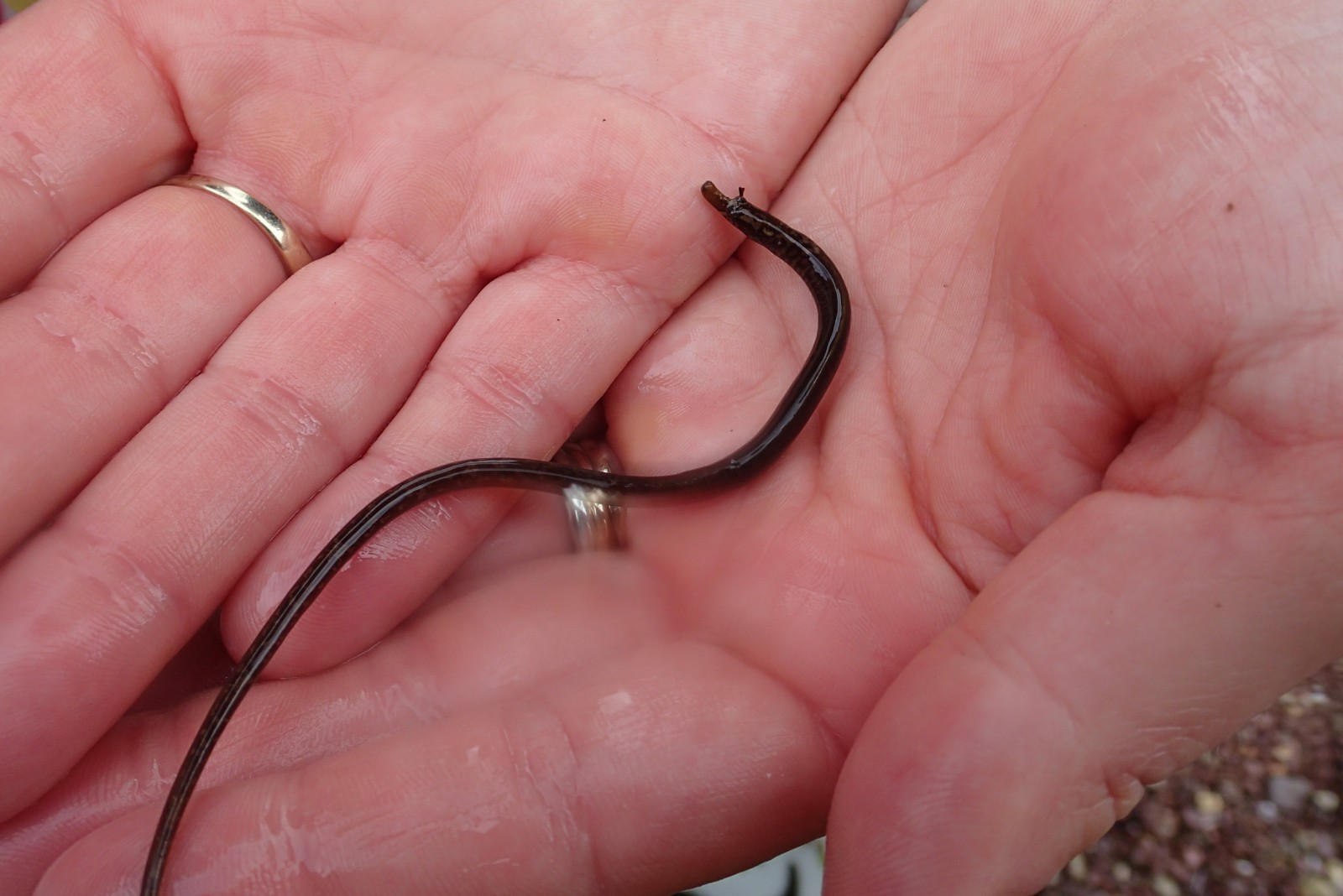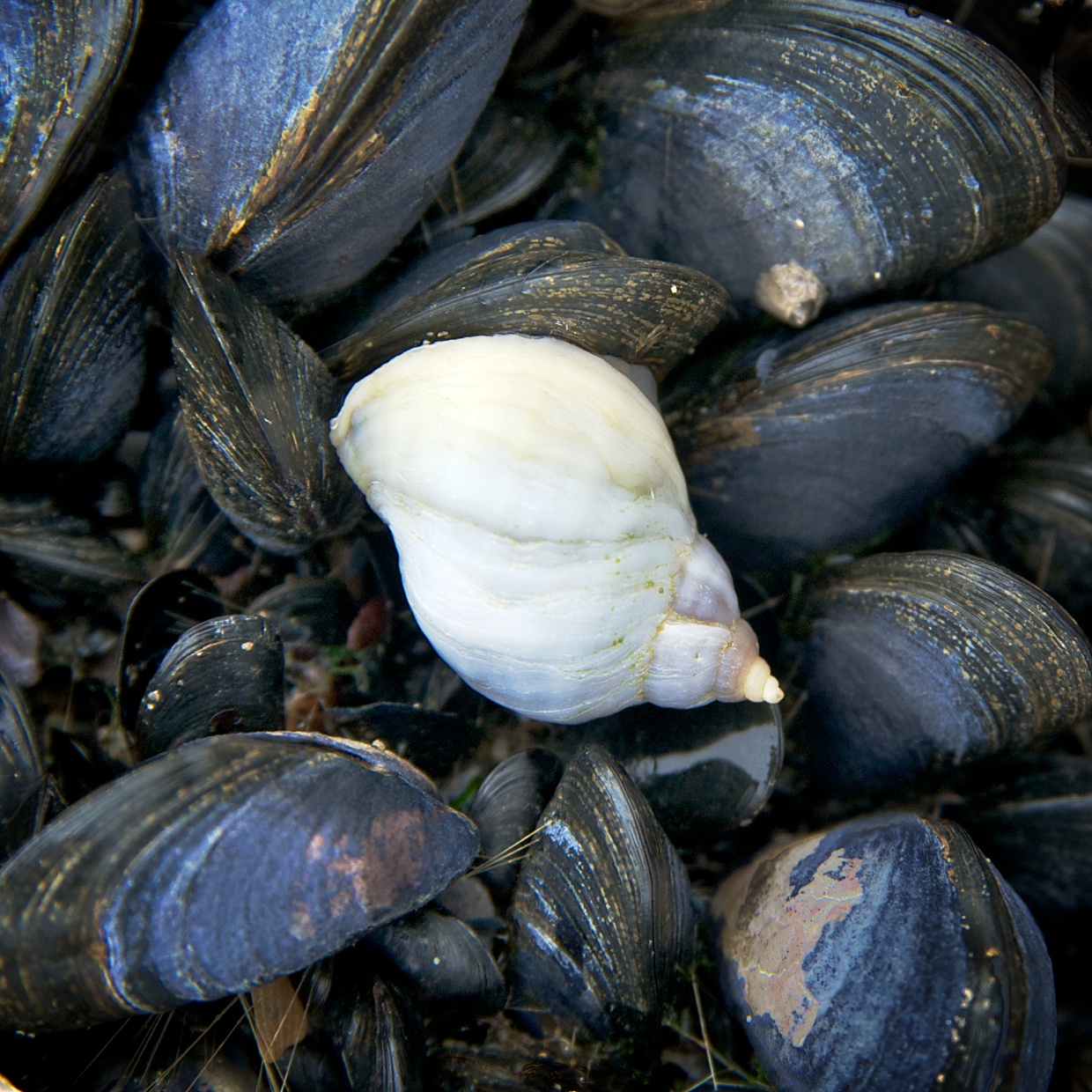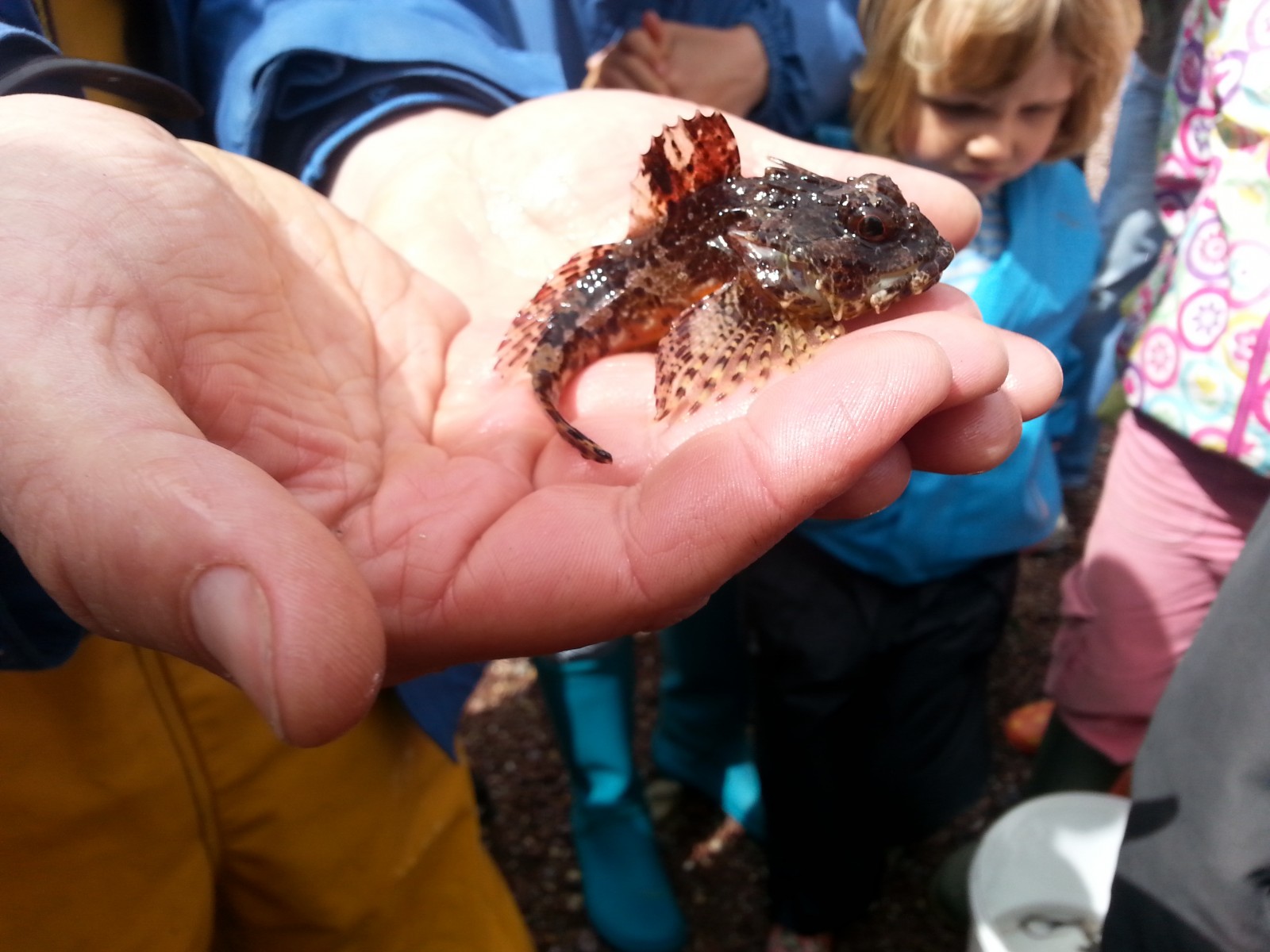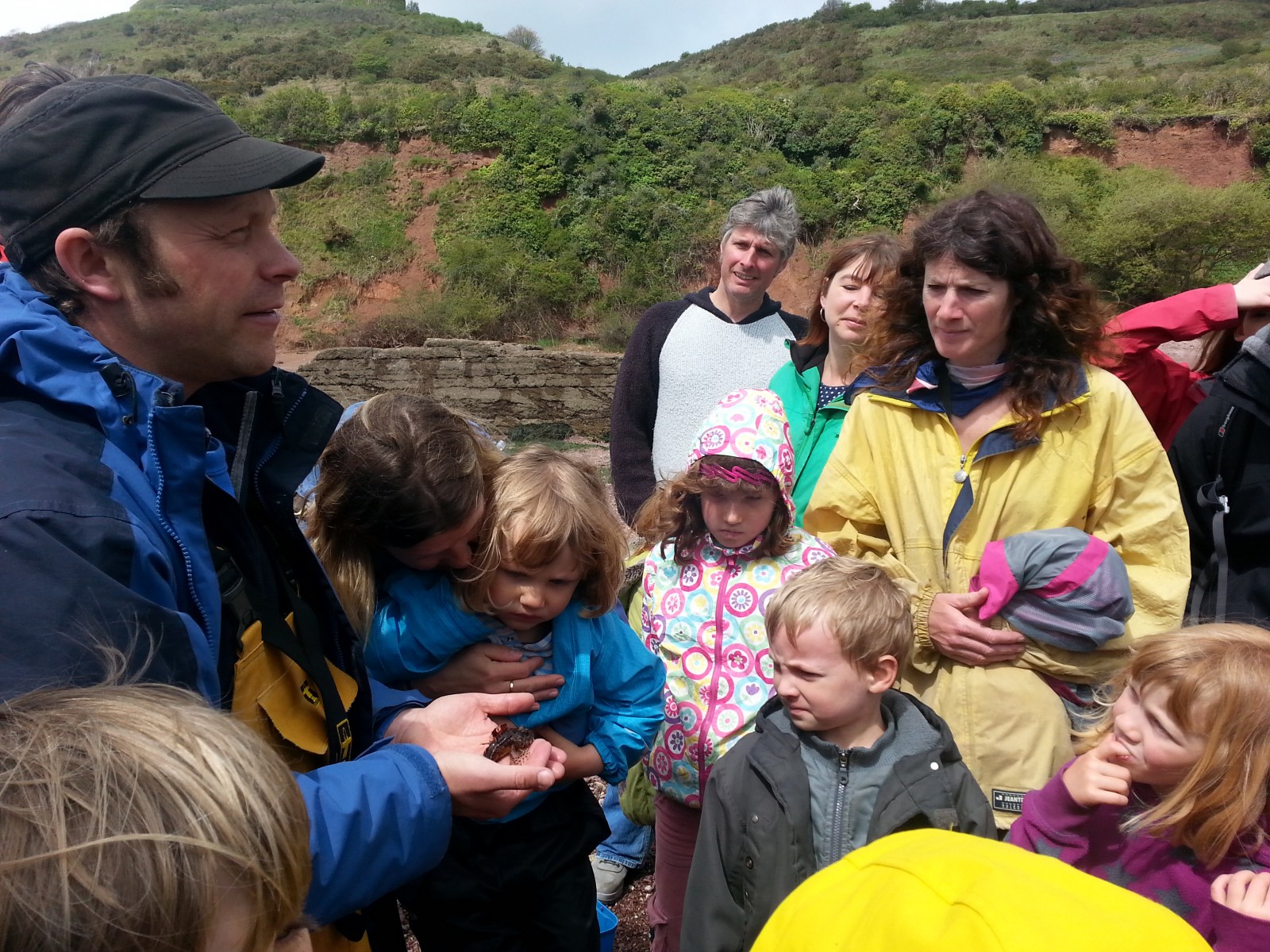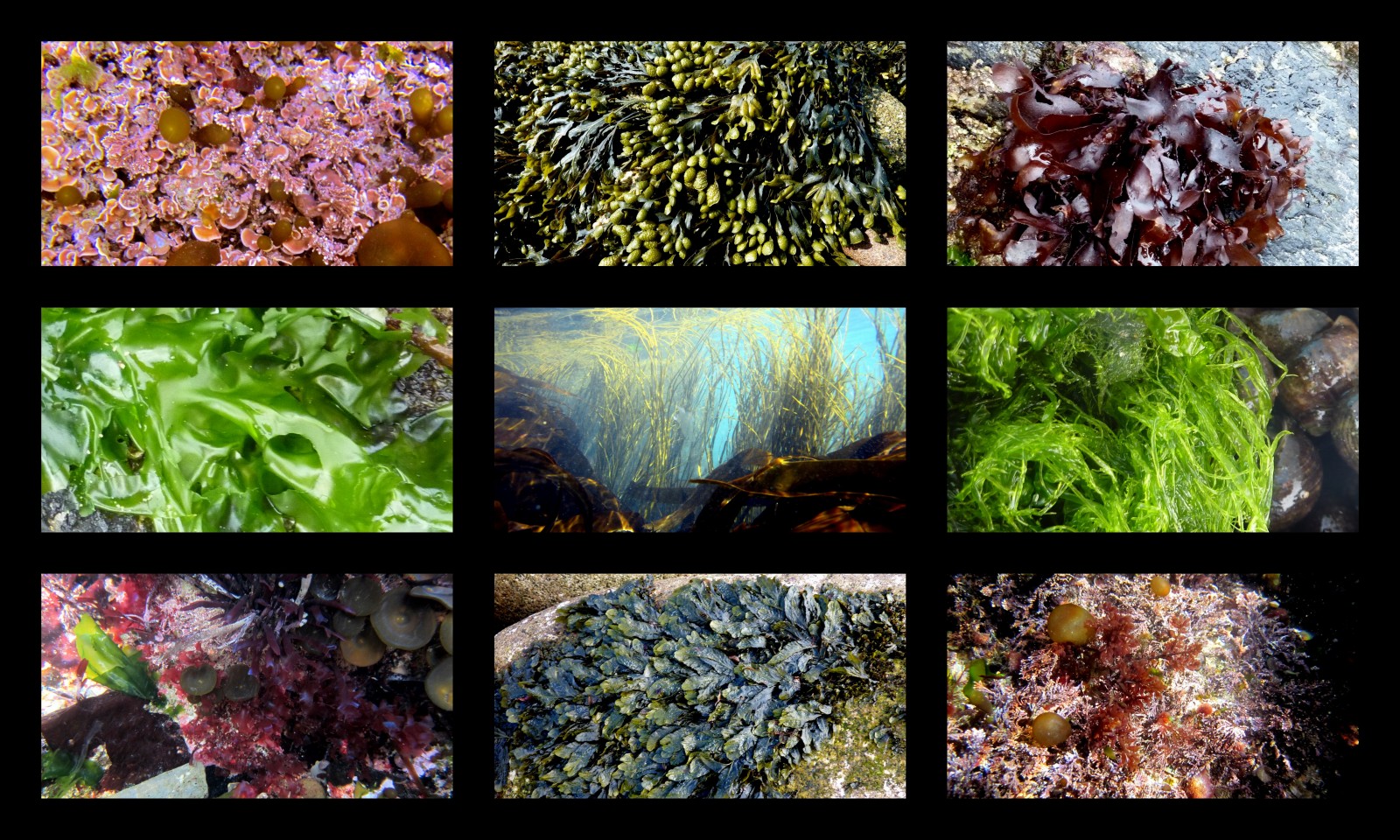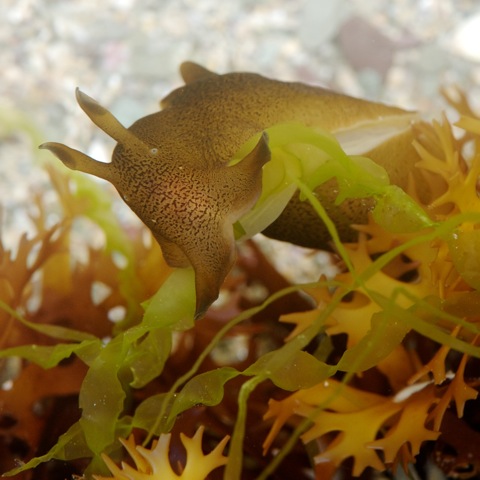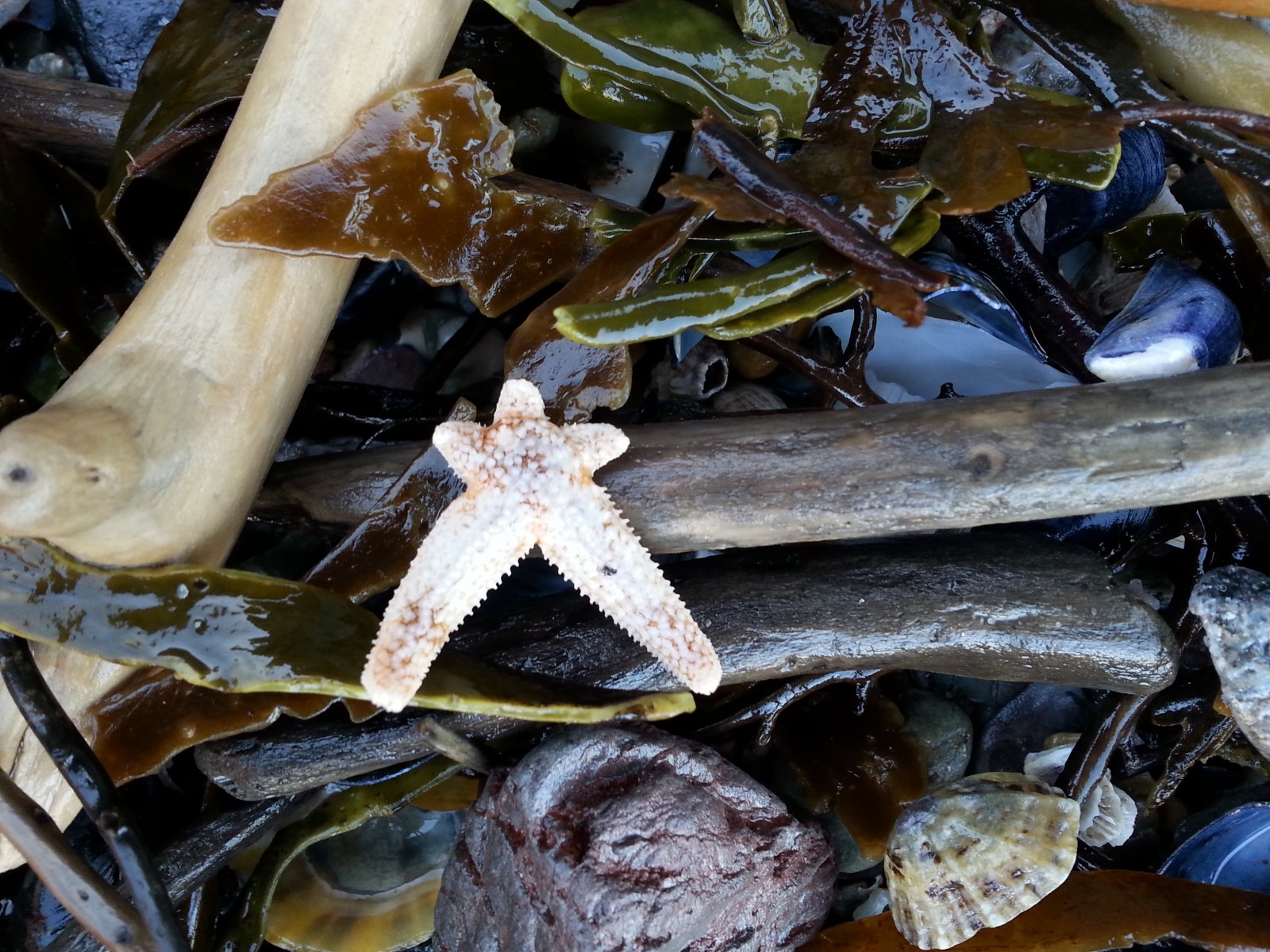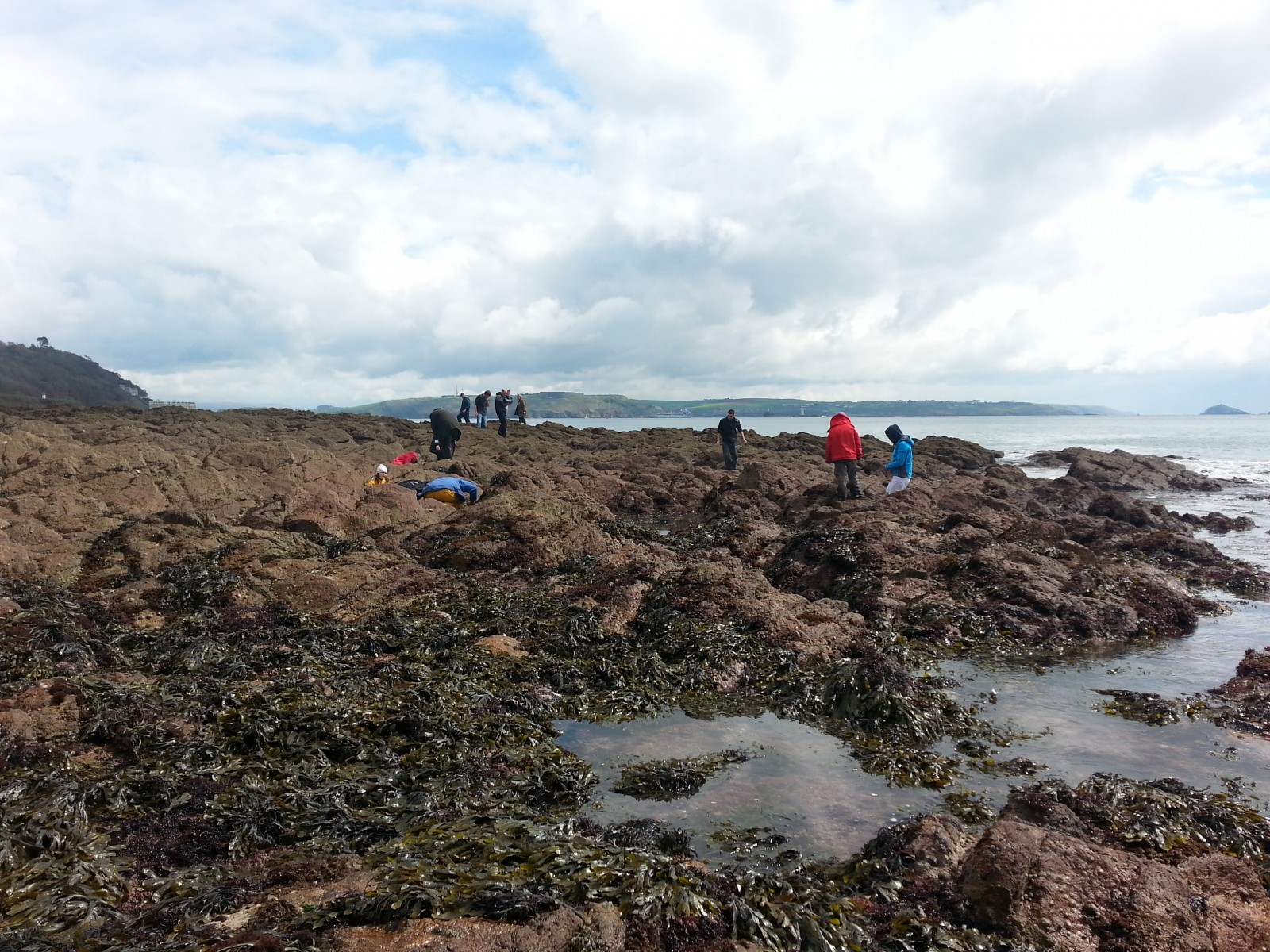Top tips for rockpooling
The best place for rockpooling is in pools exposed at low tide.
Do not walk or splash in the pools. Be still and quiet and you are more likely to see things. Try not to cast your shadow over the pool – this will make the creatures that live there hide.
If you are gentle, most small animals can be safely picked out by hand and popped into your bucket.
Use a small net to catch fast-moving fish and shrimps, but do not jab or poke with nets – they can easily damage soft-bodied creatures, break crabs’ legs and rip off seaweed.
Push aside seaweed and carefully lift up rocks to look underneath. Do not pull creatures out of crevices or remove those stuck to rocks.
Only put one creature at a time into your bucket. Putting lots in at once can be very stressful for them.
Take photos home, not living animals.
Do not keep rockpool creatures for too long in a bucket or tray as the oxygen in a small amount of water can soon become depleted.
Remember that many creatures have a home territory. When you have finished please return them all to where they came from and replace any rocks you have overturned.
Some top gems to look out for
- Related to jellyfish, anemones have about 200 stinging tentacles that they use to catch passing prey, although they are harmless to humans. The most common anemones are red beadlet anemones, although you may also find strawberry anemones and green snakelocks anemones. Anemones reproduce by tearing off part of their ‘foot’, which grows into a complete new anemone. Although they stick to the rocks, anemones can also detach themselves and float to a new location.
- Blennies, also known as shannies, are often found hiding in rocks and crevices. They have no scales, but are covered in a layer of moist slime, which enables them to breathe through their skin if they are stuck out of the water between tides – just as long as they do not dry out. Blennies have strong teeth and can bite if they feel threatened. Tompot blennies have a pair of feathery tentacles on their foreheads.
- The common prawn, a crustacean like lobsters and crabs, is camouflaged by being almost transparent. It has five pairs of walking legs, with the first two of these legs also having pincers to help it grab food. Prawns can shoot backwards at high speed to escape danger.
- The worm pipefish, which can grow up to 15 cm long, could easily be mistaken for a strip of bootlace seaweed. Like their cousins, the seahorses, it is the male worm pipefish that brood and protect the young, using a special pouch on their bellies.
- Gobies are often mistaken for blennies, but unlike blennies they have scales. They also have two fins on their backs while the blennies have just one. The fins on their underside are fused together to form a sucker, which prevents them getting knocked about by waves. The females lay their eggs on the underside of boulders and rocks, where the males fiercely guard them until they hatch.
- The sea scorpion is often difficult to spot because it can change its colour to match its surroundings. It’s a stout, tough fish with spiny fins and two long spines on either side of its face.
- The cushion starfish starts out as a male, but by the age of four has become a female. It pushes its stomach out of its mouth and surrounds its food when it wants a meal! You may also spot a brittle star, with its five very slender legs.
- Many species of crabs live in rock pools, scavenging other dead creatures. Be very careful when handling crabs, only ever holding them from above by the two sides of their shell. Crabs are quite agile and even small ones can give a very painful nip. You are most likely to find shore crabs, which can range in colour from white to black and anything in between. The female can carry up to 185,000 eggs, which look like an orange ball on her underside. Edible crabs have distinctive ‘pasty crust’ crimping around the edges of their shells. A large female edible crab can carry up to 20 million eggs when pregnant. Another interesting fact about crabs is that they breathe through their armpits! Hermit crabs have a soft body, and so live inside the empty shells of other creatures. If you put one in a bucket with a few other empty shells it may come out and try the others on for size. A hermit crab’s right pincer is much larger than its left one.
- Limpets leave a chemical slime trail behind them while moving around grazing on algae at high tide, and follow this back to their home ‘scar’ (an indentation in the rock that is a perfect fit for their shell) when the tide starts to drop. If moved to a different rock pool they will not be able to find their way back and may die. You may spot limpets’ scars, which look like ring-shaped marks ground into the rocks by the creatures’ shells. Limpets can live for up to 20 years!
- Dog whelks have a hard haematite-tipped 'tongue', which they use to bore through the shells of limpets and mussels. This can take up to three days! They then vomit their acidic saliva through the hole to help break down the flesh before sucking up their meal. Remember – if you see a dog whelk on another shellfish, do not disturb it, as it will have to start all over again.
- Barnacles start out life as free-swimming larvae, but at a certain stage in their development cement their heads to the rock and grow a shell around themselves, with an opening at the top for their fringed legs to pop out and strain the water for food when the tide is high.
- Rainbow wrack is a bushy, dark greeny-brown seaweed that glows with a beautiful neon blue iridescence in the water.
Invasive species
Non-native or invasive marine species are plants or animals that have arrived from other parts of the world, often carried in ships' ballast water. If they become established they can cause problems to native marine species by out-competing them, eating them or displacing them.
Sea users can help to limit the spread of non-native species by checking, cleaning and drying clothing or equipment before using it in another area. You can find more information here.
Invasive seaweeds found on the Rame Peninsula are wakame, harpoon weed and japweed (Sargassum muticum). All of these displace native seaweeds and sometimes dominate pools - although japweed also supports rare species such as stalked jellyfish. Efforts to remove invasive seaweeds have been ineffective, and can even make the problem worse if spores break off, helping the invasive weed to spread even further.
Also look out for non-native marine animals such as the Pacific oyster, slipper limpet and Asian shore crab.
The Marine Biological Association has a guide to marine non-native species, which you can view here.
Have you found anything unusual? Take a photo and send it in to us!
RPBC runs expert-led rockpooling sessions from time to time, especially in the school holidays. Check our events calendar for details.

